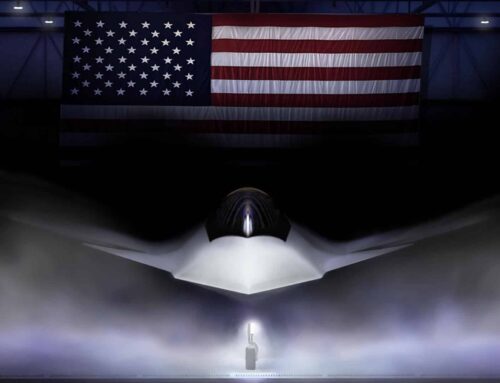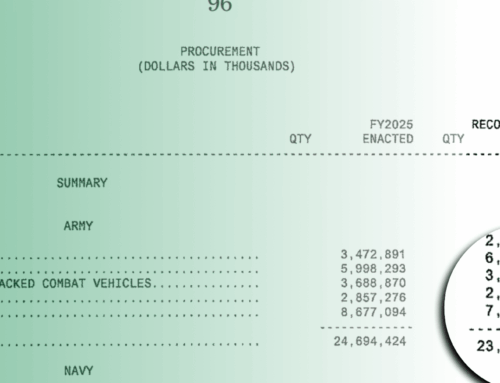Several years after the Bush administration first promised to cut the fat and waste out of the military, an old adage comes to mind: 'good things come to those who wait.' This week's reported proposals to trim defense pork may be an indication that they are starting to get down to business.
This week the Pentagon called for $10 billion in new cuts for 2004. They included significant decreases in funding to the F/A-22 Raptor (the jet fighter formerly known as the F-22 stealth fighter), the Stryker combat vehicle, the Comanche helicopters, and the Future Combat System. All these systems are representative of how Congress has kept the taps of federal tax dollars flowing to programs that are unsafe, unnecessary, or unable to meet current military needs. It doesn't take a rocket scientist to understand how putting an end to relics of the cold war will make it possible to fund new military capabilities or leave room for other government priorities.
Coincidentally, this week Congress also completed the $355 billion Department of Defense spending bill. Although the $40 billion increase in defense spending is obviously unsustainable, Secretary of Defense Donald Rumsfeld deserves a gold star for his dogged leadership in pushing politically radioactive spending cuts, despite massive opposition from members of Congress whose districts benefit from contracts and the military contractors who build them. Rumsfeld has stuck to his vision of transforming the military into a more nimble force that can fight the new wars of the 21st century.
Military reform successes that should be added to the Rumsfeld resume include the cancellation of the $11 billion Crusader Artillery system and approval of a new round of base closures which will save taxpayers more than $21 billion over ten years.
Unfortunately, there are a number of influential special interests that are less concerned about the good of the nation than their own bottom line. The Army demonstrated that this week when they jumped to the defense of the Stryker by staging a showcase deployment of the combat vehicles for congressional staffers, military officers, defense contractors and the news media. Supporters and beneficiaries of projects will apparently do anything to block the road to reform.
Further evidence pointing to the challenge before Rumsfeld comes in the way of third-quarter earnings reports from General Dynamics and Boeing. These companies' lucrative defense contracts have increased their overall profits despite declines in sales of business jets and commercial airplanes. The reports illustrate that these companies are relying more than ever on federal defense dollars to prop up other parts of their companies that are economically tanking. During the debate in the upcoming year, it is to be expected that military contractors will pressure lawmakers more than ever to keep the federal dollars flowing their way, regardless of whether or not it is in the best interest of national defense.
Congress should continue to support the efforts by Secretary Rumsfeld and Pentagon leadership and look for new ways to prioritize reductions in wasteful military spending. With the defense budget coming within reach of 50 percent of all discretionary spending, it's more important than ever to get it under control.










